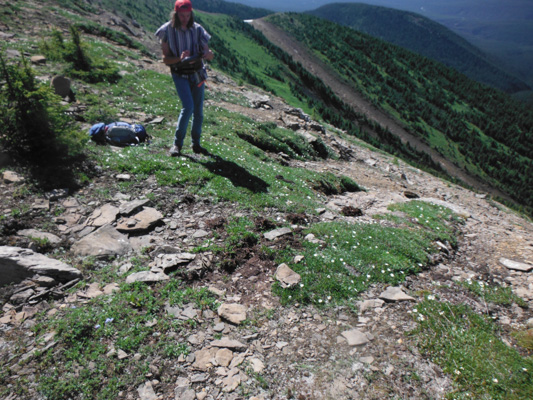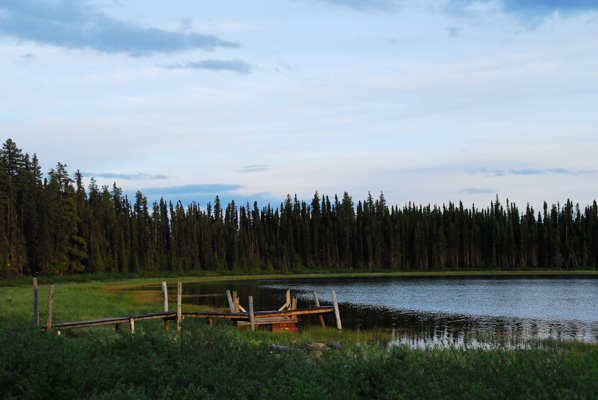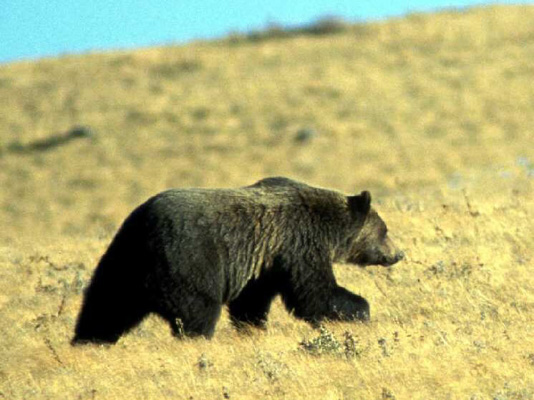
Abstract
Remote sensing, the science of obtaining information via noncontact recording, has swept the fields of ecology, biodiversity and conservation (EBC). Several quality review papers have contributed to this field. However, these papers often discuss the issues from the standpoint of an ecologist or a biodiversity specialist. This review focuses on the spaceborne remote sensing of EBC from the perspective of remote sensing specialists, i.e., it is organized in the context of state-of-the-art remote sensing technology, including instruments and techniques. Herein, the instruments to be discussed consist of high spatial resolution, hyperspectral, thermal infrared, small-satellite constellation, and LIDAR sensors; and the techniques refer to image classification, vegetation index (VI), inversion algorithm, data fusion, and the integration of remote sensing (RS) and geographic information system (GIS).
Read the full article here.
Citation
Wang, K., Franklin, S. E., Guo, X., & Cattet, M. (2010). Remote sensing of ecology, biodiversity and conservation: a review from the perspective of remote sensing specialists. Sensors (Basel, Switzerland), 10(11), 9647–9667. doi:10.3390/s101109647








